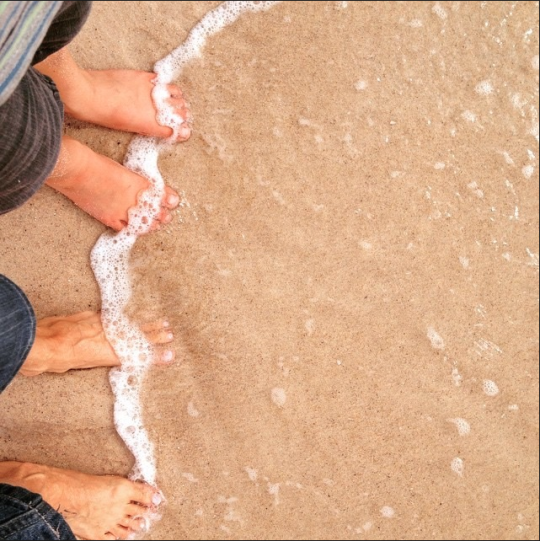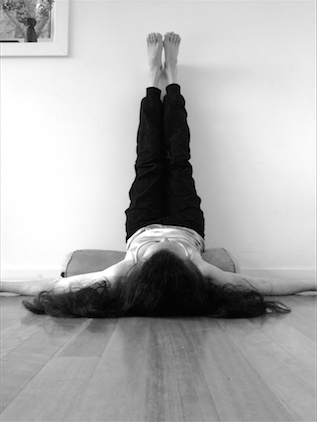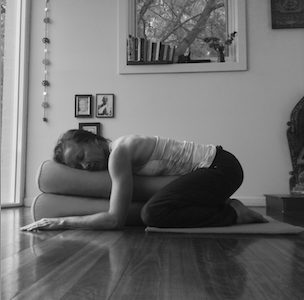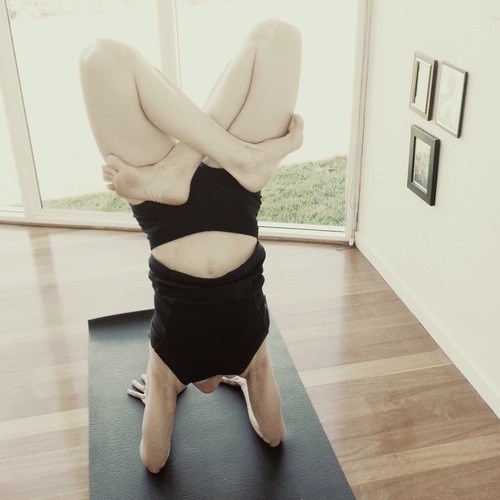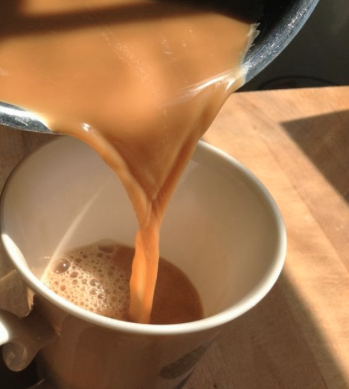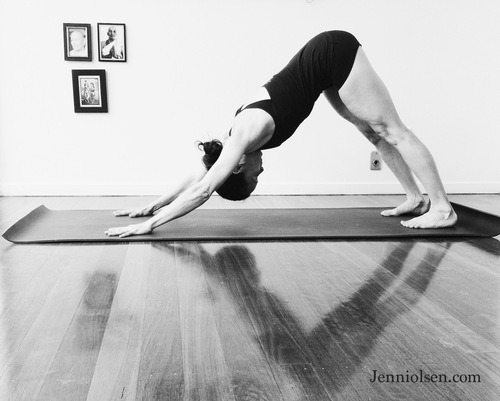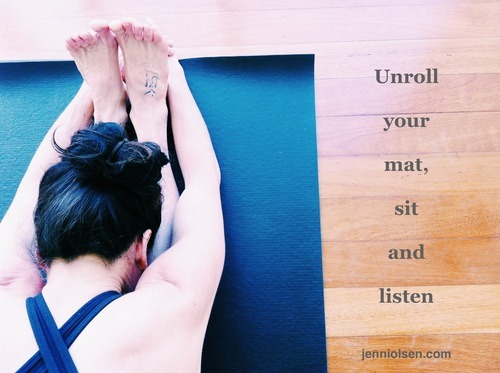7 Tips To Stay Grounded During The Holidays
Staying grounded is so important for our health and wellbeing. A yoga practice is great, but we may not be able to, or have the time to do this every day. However, there are many little things we can do throughout the day that serve to keep us grounded, and this practise can be more effective than the once-a-week yoga class.
There is no other time when this is needed more than the lead up to Christmas. All the senses are stimulated, expectations are heightened, we are committing and doing more than normal, and there is financial stress. Either way, it will make you feel excited or anxious.
If I am to be honest, this is not my favourite time of the year. Here are some techniques that I have learnt to employ to keep the experience pleasant and me grounded.
1. Earthing or Grounding is easy and one of my favourite. Simply, it is getting outside and walking on the ground. Barefoot is best, either on the grass or sand at the beach. This has a very calming effect to the nervous system. The breath and heart rate will drop. Can’t get outside or take your shoes off? Then take your attention to the soles of the feet, imagine the soles of your feet growing roots into the earth. Other variations of this would be lean your back against a tree, or if you are sitting inside, feel the back of your body against the chair and the soles of the feet on the floor.
2. Take a minute to be present with the breath. One minute is about 12-15 breaths. As you count them slowly be aware, appreciate each one in and out. Watch them slow down and enjoy the space, the silence in between. This can easily be done a few times a day and is a great way to drop you into the present moment. Remember, one of the greatest gifts you can give someone is to be present with them.
3 Practice gratitude. Gratitude changes the perspective on everything and reminds you of the small things and what is really important to you. This is a favourite of mine when I am in the car….. I appreciate the artery of roads that let us get from A to B easily. I appreciate the people who look after the roads to keep them safe. I appreciate having a car to get around 1
in. I appreciate the little family I have in the back. I appreciate the conversations we have and the questions they ask…… The list goes on. What are you grateful for?4. Unplug from social media, even if it is just for the afternoon. It is easy to get caught up in what every one else is doing, but this draws your awareness from what is in your immediate environment, and out of the present.
5. Be aware of expectations. The greater the discrepancy between expectation and reality the greater the disappointment. Choose to be with what IS rather than something ideal. Practise contentment.
6. Refrain from overindulgence and you will feel better. Drink plenty of water and eat plenty of fruit and veg. If you are lethargic from overeating, bloated, riding sugar highs and lows, your mind will follow how you feel and it will be hard to stay grounded. If you feel you are on an unhealthy spiral drink water or mineral water with a little lemon or apple cider vinegar and it will help bring you back on track.
7. Learn to say ‘No’ without guilt. Look after yourself, don’t over commit, and choose how you want to spend your time.
Most of all, do things you love with people that matter and focus on what is important. Happy holidays!

